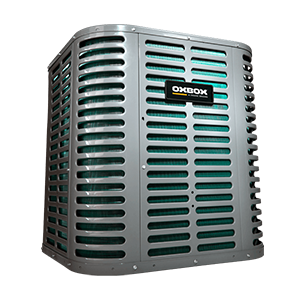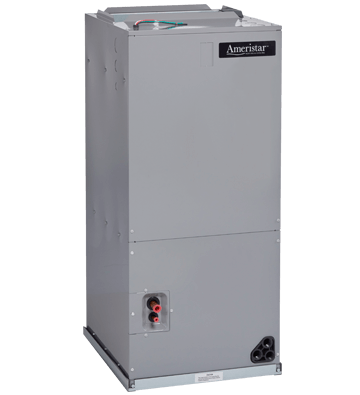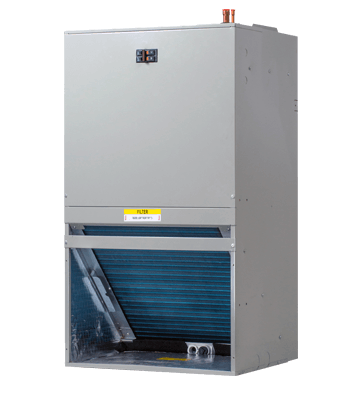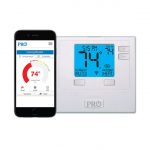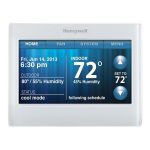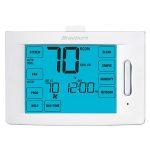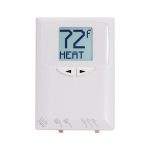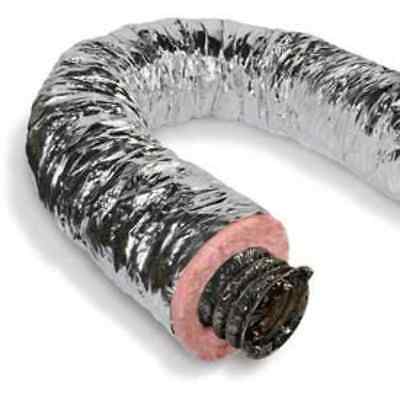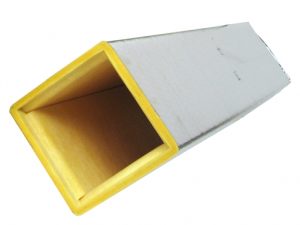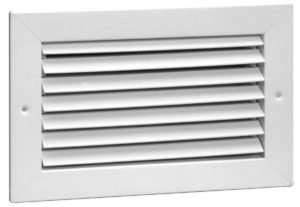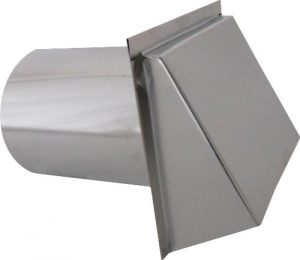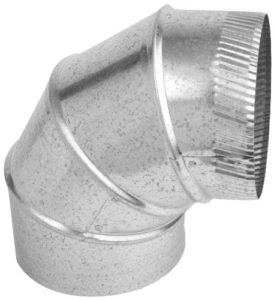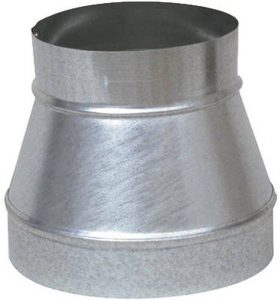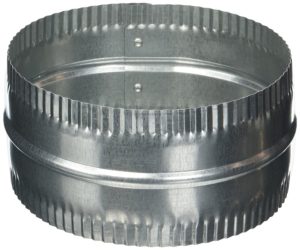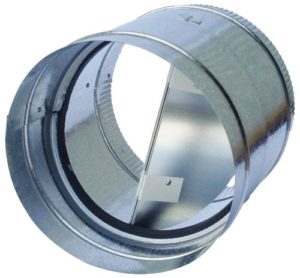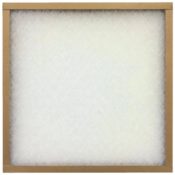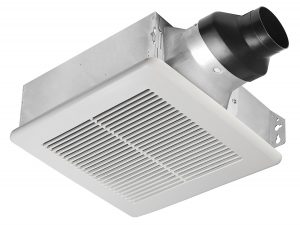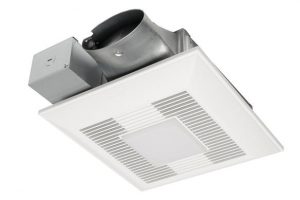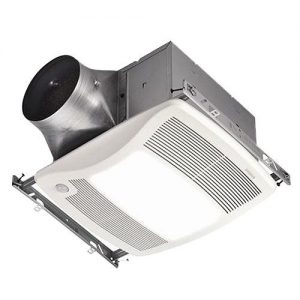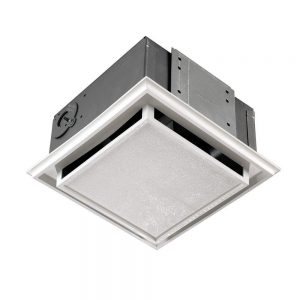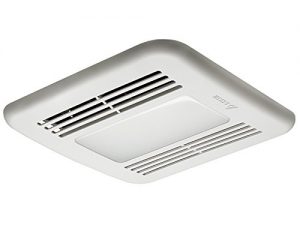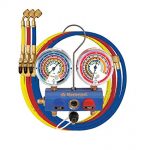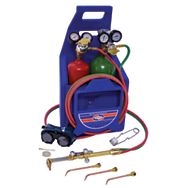SEER stands for Seasonal Energy Efficiency Ratio. Air conditioner units with high SEER ratings use less electricity to get your home to a comfortable temperature, reducing your energy or gas bill.
Mathematically speaking, a unit’s SEER rating is calculated by dividing the annual cooling output (measured in BTUs) by the total electric energy input (measured in kilowatt-hours)—in other words, dividing the amount of cool air the a/c generates by the number of kilowatts it takes to generate it.
The relationship between SEER ratings and efficiency doesn’t necessarily mean that you choose an a/c unit with the highest SEER rating you can find. There are other factors that may determine what SEER rating is best-suited for your home and overall HVAC system.
First, it’s important to note that a SEER rating signifies the maximum efficiency a particular unit can reach. It doesn’t mean that the unit will operate at that efficiency all of the time or even some of the time. For example, a top-of-the-line 20 SEER unit that’s far too large for the house it’s cooling is unlikely to ever perform at a higher rating than a more appropriately-sized unit, even one with a lower SEER rating. Knowing how the geography and climate of your area impact efficiency can ensure you don’t overpay for a higher SEER rating than you need.
You’ll also want to consider variables like your budget, your home size, how often your a/c is running, and how much time you spend at home. All of these factors can affect the necessary efficiency of the unit you choose.
Any questions call us at 1-800-793-4516

